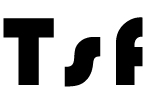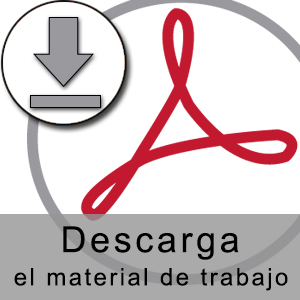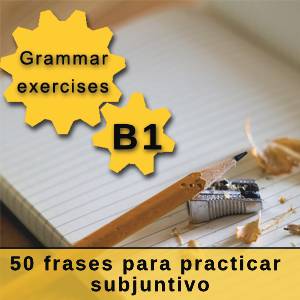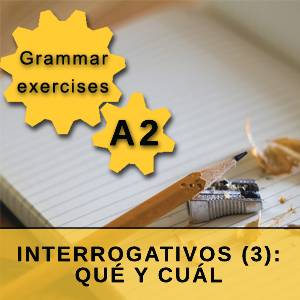Spanish accent rules (III): Palabras esdrújulas

Spanish accent mark rules (II): Palabras llanas
April 18, 2018
Spanish accentuation quiz
April 22, 2018Usa el enlace a continuación para descargar el pdf con este ejercicio de gramática.
Do you want to keep practicing the Spanish accent rules? This free grammar exercise brings you more exercises to practice this tricky part of the Spanish writing system. But first, let us review the rules to place the Spanish accent mark in a word. They are very simple, and all the students in our Spanish classes in Madrid learn them very fast. It is so simple that you only need to take two steps (which are explained in a very visual way in our Spanish grammar book):
Step 1: Where is the stress in the word?
First, divide the word into syllables and check where the accent lies. In order to do so, hear the word pronounced and identify in which syllable lies the stress. For example, in “sá-ba-do”, the stressed syllable is “sá”, in “do-min-go”, the stressed syllable is “min”, and in “a-bril“, the stressed syllable is “bril”.
Knowing where the stress is will allow you to classify the words into three groups according to the position of the stressed syllable in the word, counting from the end.
- The last syllable is the stressed syllable (these are called “palabras agudas”), such as “abril”.
- The next-to-last syllable is the stressed syllable (these are called “palabras llanas”), such as “domingo”.
- The third-to-last syllable is the stressed syllable (these are called “palabras esdrújulas”), such as “sábado”.
Step 2: What is the last letter of the word?
When you have classified the word into one of the three groups, the next step in the Spanish accent rules is to see which is the last letter in the word. Regarding this, there are two kinds of letters: vowels (a, e, i, o, u), “n”, or “s” on the one hand, and the rest of the consonants on the other hand. Now that you know which kind of word it is (aguda, llana, or esdrújula), and which is the last letter of the word, you can easily place the accent mark, if you have the following in mind:
- If the word is “aguda”, and it ends in vowel (a, e, i, o, u), “n”, or “s”, there is an accent mark on the stressed syllable (for example, “camión”, “café”, “quizás”), otherwise there is no accent mark (for example., “español”, “dormir”, “Madrid”).
- If the word is “llana”, and it ends in vowel (a, e, i, o, u), “n”, or “s”, there is no accent mark on the stressed syllable (for example, “amigo”, “resumen”, “lunes”), otherwise there is an accent mark on the stressed syllable (for example, “difícil”, “azúcar”, “lápiz”).
- If the word is “esdrújula”, it always has an accent mark on the stressed syllable (for example, “sábado”, “teléfono”).
Step 3: Practice the Spanish accent rules!
We already practiced the Spanish accent rules for words which are “agudas” and for words which are “llanas”. Now it is the turn to practice the accent mark in words which are “esdrújulas”. Once you have this clear, we will bring you an exercise which mixes all these different kinds of words. Will you be ready? In our Madrid Spanish school we surely are!






1 Comment
Very usefull , helpful exer.